Baby Winter Care (Part-3) | Right Clothing for Newborn Baby (0-12 months)
One of the biggest worries for new parents in winters is to make sure their newborn baby’s are clothed appropriately. A layer more carries the risk of overheating and a layer less can make the baby feel cold which may cause additional problems. This article goes into the details of the right clothing required to ensure your baby is safe and comfortable during winters.
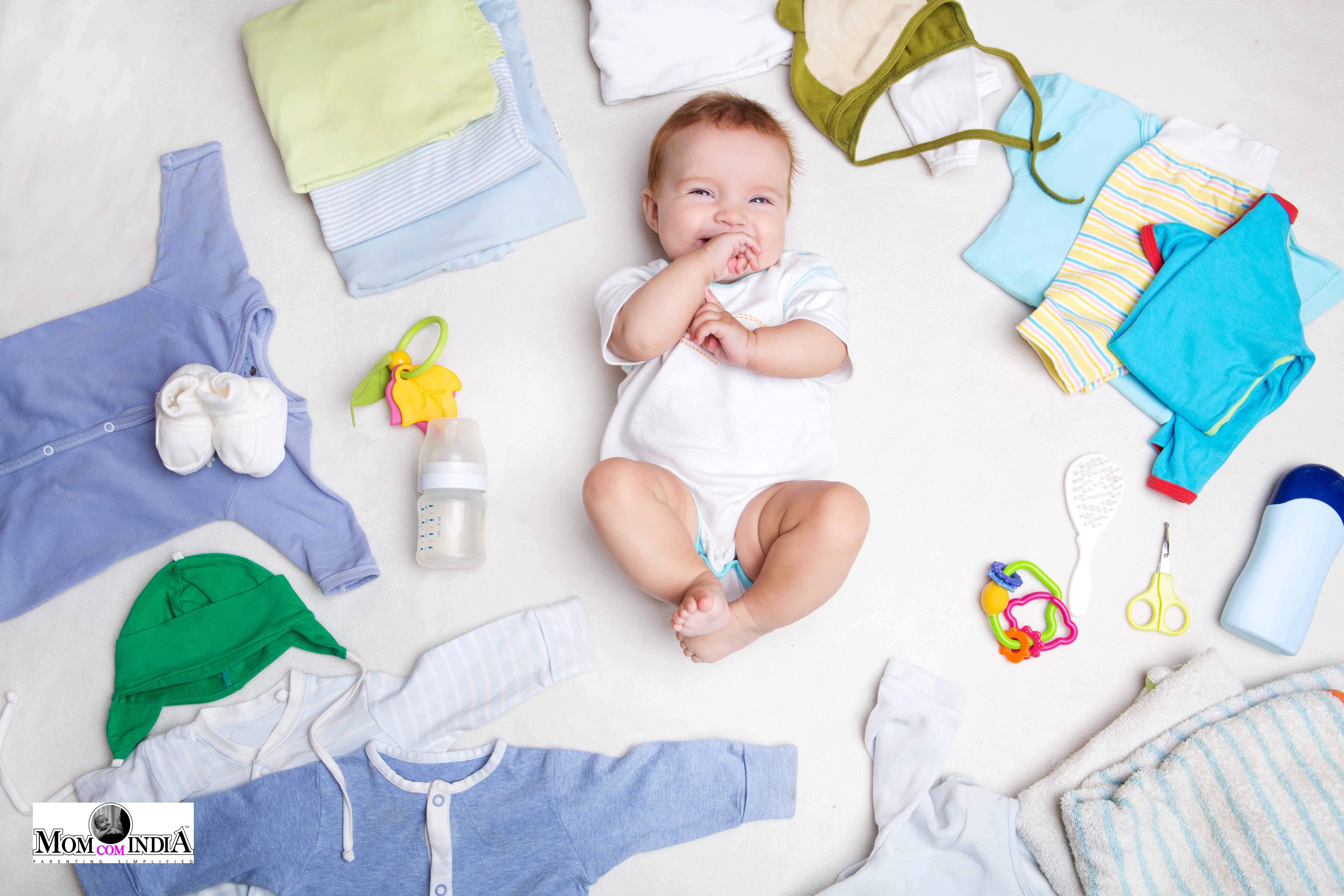
As a parent you would have heard everyone saying “That you have to be extremely careful during the first winter of the baby”. There are many reasons behind this, the most important being that there is a major fluctuation in the temperatures during this season, which varies from a sunny morning to a cold evening, that too changes from one day to another. This becomes all the more challenging with small babies as they are unable to regulate their body temperature on their own or even communicate as to what they are feeling. Thus, clothes can create all the difference during winter to keep the baby warm and safe during winters. Right clothing can help to spend the complete winters without any problems, whereas wrong clothing can cause serious problems during this season. What a parent generally does is to over-clothe the baby during winter, which in turn results in overtly heating the baby and raising the body temperature substantially, even when the baby is just moving of hands and legs. Overheating can cause serious health issues like dehydration and other medical conditions. The simple steps listed below would help you find a balance between keeping your baby warm and overheating.
1. Use Layering
As parents one generally makes the mistake of putting one or two large woolen / warm clothes on the baby, thinking it would be sufficient to keep the baby warm. In fact this is one of the most important reasons for overheating. Instead it is always advisable to clothe the baby in multiple layers of normal/ light woolen clothing. The advantage layering accrues is to help you assess the temperature in the room / surroundings and clothe the baby as per its changes. As an example, when the temperature is less you can add another layer on the baby and in case the temperature is more you can conveniently maintain the right body temp by removing the layer from the baby.
You can start off by putting on a soft vest/thermal on the baby, followed by a full sleeves t-shirt and adding on a sweater. In case you are moving outside with the baby you can just simply add a jacket. Layering not only enables you to maintain the right body temperature of the baby but also helps the baby to feel cozy and snug.
2. One Additional Layer
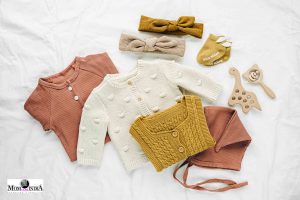
General rule for deciding the number of layers of clothing to be put on the baby is one more than the mother. Baby’s body temperature is slightly higher than adults so with that logic they need an additional layer of clothing than you to keep them warm and cozy. However, this can’t be taken as a rule for all the babies as some babies are exceptions to this rule and they are more susceptible to changes in temperature. In some cases, babies tend to feel warm even when the AC is running, thus requiring to further lower the temperature of the AC. Here, you as a parent would have to assess the general body temperature of your baby and you might have to add or reduce a layer accordingly, as a deviation from the rule.
3. Mittens, Caps & Socks
All these three are extremely essential part of the baby winter clothing, as baby’s hands, feet and head tend to cool down the fastest as compared to the other parts of the body. Normally the head is hotter than other parts of the body, however in winters even the head can get cold due to low temperatures especially because in the first year most of the babies don’t have much hair on the head. For Kabir I used cotton mittens and socks during the winter. Even for caps it is advisable to use cotton caps during light winters and cotton blend caps during the peak of winters. It is really not recommended to use wool caps on the babies, unless you are living in a place with harsh winters. You must always put socks on your baby, except while the baby is asleep.
4. Bodysuits or Footsies
For the night time the best clothing for babies is ‘Onesies’ as they are made of thick cotton and have ‘Footsies’ which cover the feet. They are convenient and are able to adequately cover the baby at night even if it kicks off the blanket.
5. Swaddle Your Baby
In case your baby is less than 2 months then you can ‘Swaddle’ or wrap a baby making the baby feeling warm and cozy. But swaddling is only advisable for babies up to 2-3 months and not after that. For babies more than 2-3 months you can buy sleeping bags for the baby in which the baby can be zipped up, making it feel snug . It gives the baby enough space to move around without the fear of it kicking the layer of blanket and being exposed to cold.
6. Use Hot Water Bottle
Babies tend to wake up for feed at night, which can extend from 5-50 mins. When you move the baby to feed, and then put it back to sleep, the baby tends to feel uncomfortable due to the change of temperature of the place where it lay. Therefore, it’s advisable to put a hot water bottle, where the baby sleeps, and cover it with the blanket when you move the baby for feed. You can remove the hot water bottle 2-3 mins before you are about to put the baby back or when you feel the place is adequately warm. You can then put the baby back after completing its feed. This will help keeping the place warm and baby would feel very snug and comfortable when you put it back after the feed.
7. First Layer is the Most Important
The first layer of the baby clothing, which is touching the baby’s skin should always be of soft fabric and be selected very carefully. Making the first layer of a fabric that traps a lot of heat, can result in making the baby sweat thereby causing discomfort, rashes, allergy, eczema etc. The first layer should be chosen carefully. It should ideally be made of cotton, fleece and flannel. However, I prefer to cotton garments in the first layer, as it is the most breathable fabric.
8. Take 1 Size Bigger
The last layer for the baby should always 1 size bigger, as when you tend to put the layers of clothing on the baby, the bigger size of the last layer would fit comfortably on the baby. It also enables you to add on some extra layers inside, in case of harsh winters.
9. Prefer Diapers
It’s advised to always use diapers in winter. Cloth nappies are not preferred. In a case that the baby remains in a wet nappy, there is a very high probability of it catching cold. This robs the parents of much deserved mental peace.
10. Iron Clothes
It’s advised to iron the baby clothes before you put it on the baby. This would not make the baby feel cold while changing the clothes.
11. Maintain Correct Room Temperature
It is essential to pay attention towards maintaining the room temperature, as this would help you in adjusting the layers of the baby clothing. For this a ‘Digital Non-Contact Thermometer’ comes in very handy. It monitors both the body temperature and the room temperature. To measure the temperature of the baby’s body, you don’t have to touch this thermometer to the body causing discomfort to the baby. And in the room temperature mode this can easily measure the temperature of your room, which can help you to maintain the suitable ambient temperature.
Also, as doctors often advice, use ‘Oil Heaters’ or ‘Oil Filled Radiators’ in the room to maintain the ideal room temperature.
12. Check Body Heat
It’s extremely important to measure the body heat of the baby to be able to ascertain if the layers of clothing on the baby is ideal. For babies upto 3 months, you can check the body heat by touching its belly and feet. In case the belly of the baby is warm and the feet are slightly cold, the layers of clothing are perfect. If both the belly and feet are warm, then the baby is feeling warm and you should reduce a layer of the clothing. If the belly of the baby is cold and the feet are either warm or cold, in that case the baby is feeling cold, thus you should increase the layers of the clothing. For babies above 3 months you can easily check if the baby is feeling hot or cold is by touching the nape of the neck. The most important signs of overheating of baby during winters, which merit immediate action from parents are:
- Sweating even in cold temperatures
- Wetting of hair due to sweat
- Redding of cheeks
- Heat Rashes on the body
- Faster breathing
These all are the signs of overheating, which can cause dehydration in the baby. Therefore, its very important, for a baby less than 6 months, to be breast fed as much as possible and for older babies to be given a sip of water every hour.
For Kabir, I used Onesies made of cotton in the first layer and in the second layer made him wear Body care Thermals. The layers on top of these were as per the ambient temperature and wind speed (in case we were stepping outdoors).
This brings us to the conclusion of our winter care series. Do reach out to me with your questions, comments, ideas and suggestions. This content is also available in a video format below. Please do like, subscribe, share the articles and videos with other parents. We love to interact with you on Facebook, Twitter, Instagram, YouTube and here on our website. Wishing you a wonderfully simplified parenting journey.
♥♥ सर्दियों में बच्चों को क्या कपडे पहनाये | इस आर्टिकल में इस बारे में बताया गया है | इस आर्टिकल की जानकारी हिंदी में पाने के लिए नीचे दिए वीडियो को देखें ►
Must-read articles for new mothers:
A Must Have List for New Mommies | For a Smooth Postpartum Journey
Weight Loss After Delivery | How To Lose Weight After Delivery
Diet Chart For Breastfeeding Mothers: Perfect Meal Plan For Indian Mothers








 Share
Share



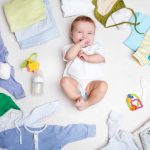
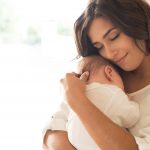

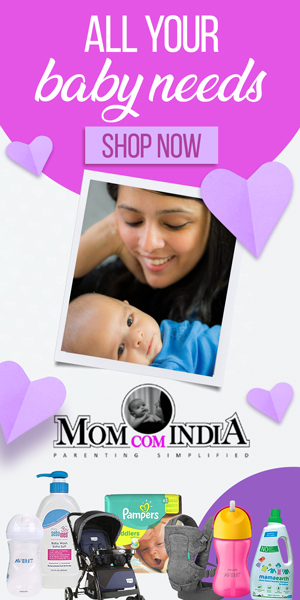





COMMENTS